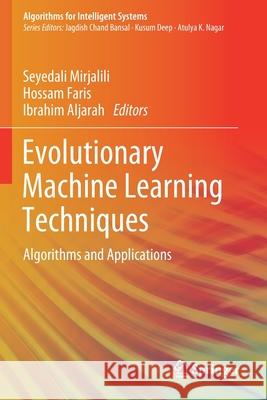Evolutionary Machine Learning Techniques: Algorithms and Applications » książka
topmenu
Evolutionary Machine Learning Techniques: Algorithms and Applications
ISBN-13: 9789813299924 / Angielski / Miękka / 2020 / 286 str.
Evolutionary Machine Learning Techniques: Algorithms and Applications
ISBN-13: 9789813299924 / Angielski / Miękka / 2020 / 286 str.
cena 726,29 zł
(netto: 691,70 VAT: 5%)
Najniższa cena z 30 dni: 693,97 zł
(netto: 691,70 VAT: 5%)
Najniższa cena z 30 dni: 693,97 zł
Termin realizacji zamówienia:
ok. 22 dni roboczych
Bez gwarancji dostawy przed świętami
ok. 22 dni roboczych
Bez gwarancji dostawy przed świętami
Darmowa dostawa!
Kategorie:
Kategorie BISAC:
Wydawca:
Springer
Seria wydawnicza:
Język:
Angielski
ISBN-13:
9789813299924
Rok wydania:
2020
Wydanie:
2020
Numer serii:
000925819
Ilość stron:
286
Waga:
0.42 kg
Wymiary:
23.39 x 15.6 x 1.57
Oprawa:
Miękka
Wolumenów:
01
Dodatkowe informacje:
Wydanie ilustrowane











